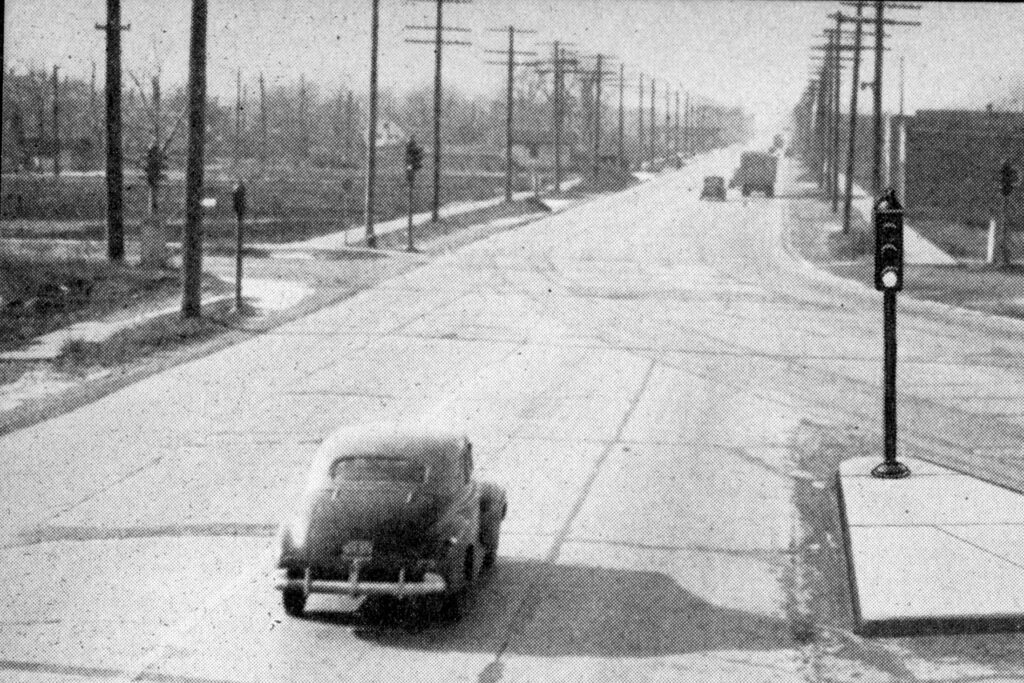Garfield Ridge in Chicago
Garfield Ridge, also known as Archer Limits, is an urban space that has both historical and contemporary significance. Located in the heart of Chicago, it remains a vibrant emblem of Chicago’s tapestry of neighborhoods. With a rich history, a lively community, and a unique cultural mix, Garfield Ridge is a testament to Chicago’s ever-evolving urban landscape.
A Closer Look at Garfield Ridge
The neighborhood, which is named after Garfield Boulevard and a geographical ridge in the area, is situated 10 miles southwest of the Loop. It falls under the category of Community Area 56 in the city’s administrative division. The term ‘Garfield Ridge’ was coined to reflect the street’s name and the topographic prominence left behind by the glacial retreat of Lake Michigan.
The History and Origin of Garfield Ridge

The Early Beginnings
The early history of Garfield Ridge has its roots in the mid-19th century. Initially, the area was primarily used as a passageway by indigenous people and white settlers, rather than a residential area. It was traversed by Archer Road, the Illinois & Michigan Canal, and the Chicago & Alton Railroad.
The first wave of land acquisition in the area happened in the 1830s when William B. Archer, an I&M Canal commissioner and land speculator, bought 240 acres of land adjoining present-day Harlem and Archer Avenues. Notably, Archer Avenue was named after him. Later in 1853, another influential figure, John “Long John” Wentworth, a one-time mayor of Chicago and a land investor, bought several tracts of land just east of Archer’s holdings. Today, a park bearing Wentworth’s name occupies the ground he once owned.
Evolution in the 19th Century
Throughout the 19th century, Garfield Ridge was primarily used as a transportation corridor. The area’s land was marshy, leading to limited agricultural development. Dutch farmers, who specialized in market gardening, were among the earliest settlers. By 1899, the Archer Avenue Reformed Church had moved from the nearby Summit and comprised 275 parishioners.
However, residential settlement in the area was not widespread, and the area retained a rural character. The city of Chicago annexed parts of the region in 1889, contributing to its urban growth.
Growth in the 20th Century
The dawn of the 20th century brought industrial development to the area, which in turn, prompted residential development. The industrial base, especially around Garfield Ridge, in Clearing and Argo (Summit), offered jobs and incentive to settle in the area.
By 1950, residential development had overtaken industrial growth, with block after block filled with middle-class brick bungalows that are characteristic of the area. As the farthest reaches of the city on the Southwest Side, Garfield Ridge has steadily grown into urban maturity over the last century.
The Neighborhoods of Garfield Ridge
LeClaire Courts
One noteworthy neighborhood within Garfield Ridge is LeClaire Courts. Constructed in 1950, it was Chicago’s first integrated low-rise housing project. Named after the pioneer Antoine Le Claire, it consisted of low-rise buildings predominantly occupied by African Americans. LeClaire Courts was considered one of the most attractive projects in the city. It housed several community resources and became the first project in the state to be managed by its residents in 1987.
Other Notable Neighborhoods
Aside from LeClaire Courts, the area is also home to other neighborhoods such as Sleepy Hollow and Vittum Park. Each neighborhood in Garfield Ridge has its unique charm and character, contributing to the area’s diverse and vibrant community.
Demographic Shifts and Population Dynamics
Historically, Garfield Ridge has experienced significant demographic shifts. The area’s population surged from 2,472 to 6,050 in the 1920s, fueled by immigration of Eastern Europeans, especially Poles. By 1930, 29.5 percent of the population was foreign-born, with another 55.1 percent having at least one foreign parent.
In the 1990s, with renewed interest and investment in Midway Airport and the arrival of rapid transit to downtown, the community continued on its path to urban maturity. The 2000 Census reported that of the 36,101 residents of Garfield Ridge, 77 percent were white (more than one-third of Polish ancestry), 12 percent were black, and about 4 percent were Hispanic, predominantly of Mexican heritage.
Education in Garfield Ridge
Education plays a crucial role in the neighborhood. The area is served by a number of public schools operated by Chicago Public Schools. These include Byrne, Hearst, Kinzie, and Mark Twain for K-8 schooling, and Kennedy High School for secondary education.
Additionally, the Roman Catholic Archdiocese of Chicago operates Catholic schools in the area, including St. Daniel the Prophet and St. Jane de Chantal School. These educational institutions are instrumental in shaping the future of Garfield Ridge’s youth.
Garfield Ridge is more than just a neighborhood in Chicago. It is a community that has seen historical shifts, undergone significant transformations, and established a distinct identity over the years. Despite its urban growth, it has managed to retain its essence and charm, making it a significant part of Chicago’s urban landscape. As we look towards the future, the area is poised to continue its legacy as a vibrant, diverse, and thriving area within the city of Chicago.


